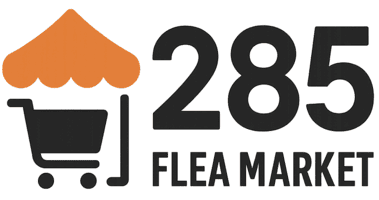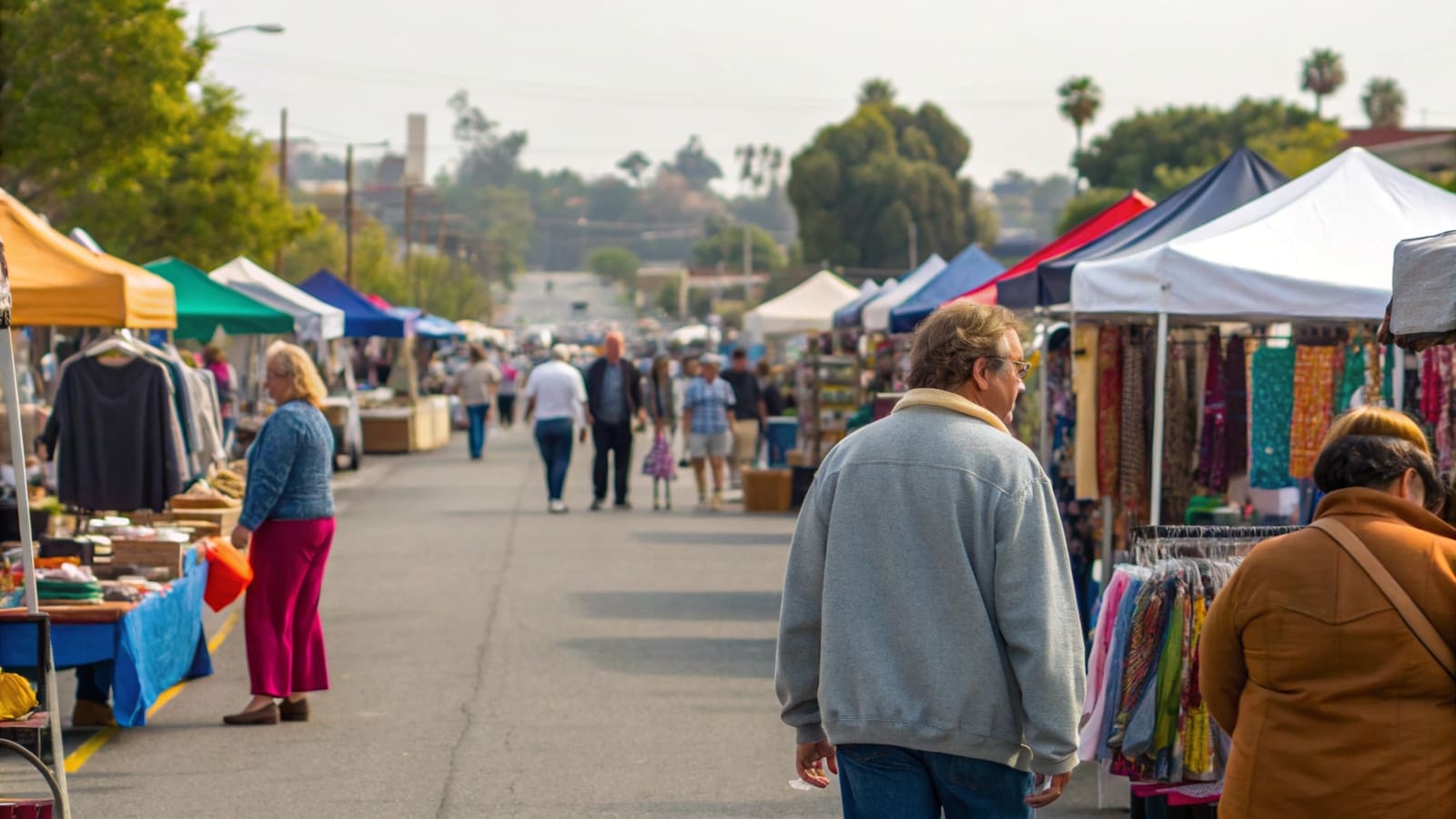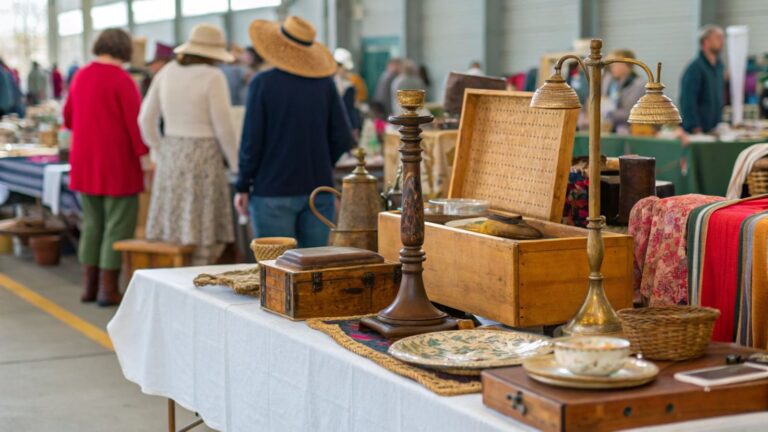Alright… flea markets. They’re chaotic, weird little pockets of civilization where someone’s junk is another person’s treasure. If you’ve ever wandered through one thinking, “I could do this… I could make this mine,” then congratulations, friend. You’re in the right place.
Starting a flea market isn’t glamorous. It’s messy, sometimes frustrating, and yes—occasionally soul-crushing when vendors flake out or it rains on your big Saturday. But it’s also fun, weirdly addictive, and—if you play it smart—profitable. You can start small, maybe with a few tables in a parking lot, and scale to something that actually feels like a proper event, with food trucks, music, and enough foot traffic to make it worth waking up at 5 a.m.
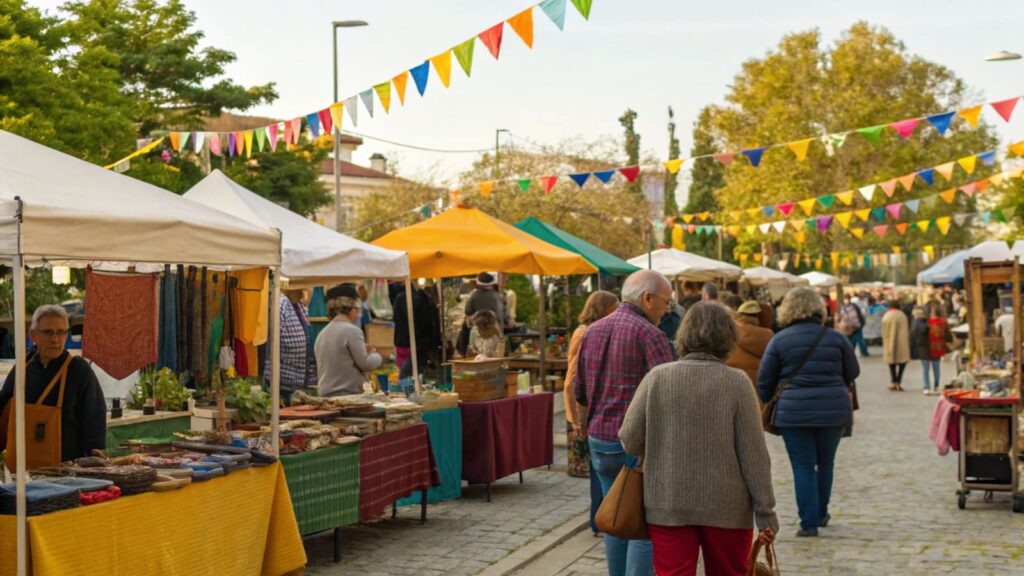
Some people do it for cash, some for community, some just because they have a love for old stuff that makes sense in their brain but confuses everyone else. No judgment. It’s all valid.
Step 1: Scope Out the Scene
Before you buy tents, tables, and a stack of “this will sell” items, get your eyeballs on the ground. Walk around. Go to local markets, parks where weekend sales pop up, even empty lots that might host something someday. Watch the chaos unfold.
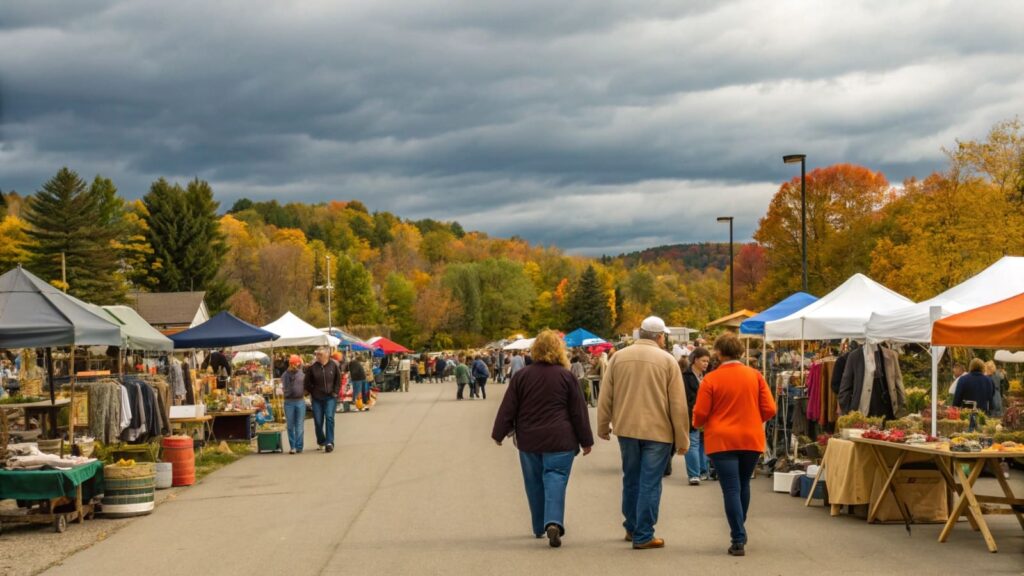
Ask yourself:
- Who’s actually buying this stuff? Families? Collectors? Bargain hunters?
- Who’s selling? A lonely guy with vinyl records stacked like a precarious tower, or professional vendors with neat little displays and spreadsheets?
- What’s missing? Maybe no one’s selling handcrafted jewelry. Maybe the vintage clothes stall is overrun. Find that gap—find your crack.
Location is huge. Parking that doesn’t make people cry, access without a three-mile hike, somewhere that doesn’t smell like wet dog or old trash. Foot traffic is king. Don’t underestimate that.
Step 2: Legal Stuff…ugh
Yes, the boring part. But don’t skip it because a random cop or city official can shut you down faster than you can say “vintage lava lamp.”
You’ll need:
- Business license—register something, even if it’s “Bob’s Flea Market of Awesomeness.”
- Event permits—especially if it’s outdoors.
- Sales tax permits—vendors need to legally charge and report taxes.
- Insurance—general liability at minimum, and maybe extra if you’re ambitious.
Oh, and zoning. Don’t pick a random lot thinking “eh, nobody cares.” Cities care. People care. Get permission.
Safety stuff is weirdly important. Fire codes, accessible exits, maybe even a tiny first-aid kit. People trip. Kids wander. Dogs bark. Be ready.
Step 3: Budget Like a Human
Money talk—ugh, but essential. You can’t just “wing it” and hope to survive.
- Tents, tables, signage: can get expensive if you’re fancy, cheap if you improvise.
- Vendor fees: decide if it’s a flat rate, a cut of sales, or a weird hybrid.
- Marketing: flyers, social media ads, local newspapers, annoying your neighbors…yeah.
- Staff/logistics: you need helpers—friends, volunteers, siblings who owe you favors.
- Miscellaneous chaos: electricity, bathrooms, trash bins, umbrellas for sudden storms.
Pro tip: track every damn dollar. Even the ones you throw at coffee for the crew.
Step 4: Sourcing Products
Some flea markets are “bring whatever you’ve got,” some are curated chaos. You need a plan:
- Wholesale stuff: cheap enough to make a margin.
- Secondhand/vintage: the weird treasures people fight over.
- Handmade/artisan: local charm, Instagrammable, and usually higher-margin.
Vendor relationships are key. Early birds, loyal regulars, newbies—treat them right, set rules, and maybe offer early discounts. Keep your vendors happy…or they’ll ghost you.
Step 5: Picking the Venue
- Indoor vs outdoor: indoor = reliable, weather-proof, slightly pricey; outdoor = spacious, cheap-ish, pray for sun.
- Seasonal vs year-round: winter markets are rough unless you can heat a tent; summer markets are sweaty but lively.
- Accessibility: people hate trekking, so parking, ramps, bathrooms—think like your grandma visiting.
Step 6: Vendor Recruitment
Getting vendors is part charm, part brute force. Post online. Shout on social media. Knock on doors. Offer discounts for first timers. Treat it like a networking event—because it kind of is.
Set rules. Simple: show up, pay, follow layout, clean up. Done. Don’t micromanage. Vendors are weird. Some are great. Some…not so much.
Step 7: Marketing That Actually Works
Social media, duh. Instagram reels showing quirky products, TikTok with the chaotic setup, Facebook for local event groups. Maybe a weird sign in front of the market. Google My Business listing, because people search for “flea market near me” more than you’d expect.
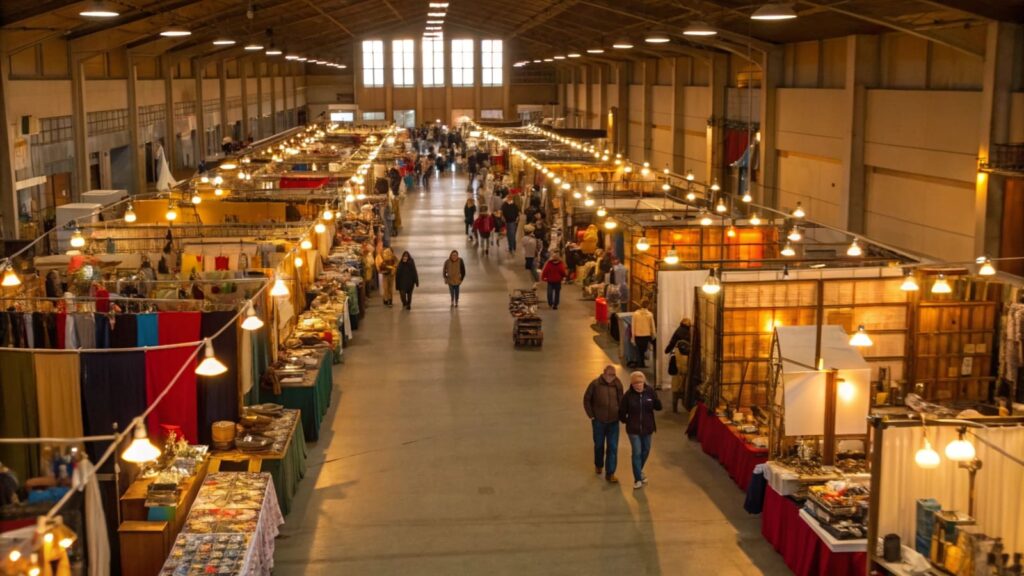
Local ads—flyers, community boards, small newspapers. You want people stumbling upon it accidentally. Surprise foot traffic = best foot traffic.
Step 8: Running the Market
Bring snacks for yourself. You’ll need it.
Logistics: staff for setup, float for vendors, maybe a PA for announcements. Signage, lines, chaos…embrace it. Payment systems—cash, card, Venmo, PayPal, whatever. Just make sure vendors don’t look like they’re scamming people.
Customer experience—comfort is underrated. Bathrooms, shade, seating, maybe a dog-friendly corner. Music. Food trucks. Weird little games. Makes people stay.
Step 9: Scaling & Long-Term
Once it’s rolling:
- Open more locations. Or pop-ups.
- Make it a brand, not just a market. Logo, social handles, email lists.
- Add workshops, music, maybe local breweries—flea markets are mini-festivals if you let them.
FAQ
How much does it cost to start a flea market?
A few hundred bucks if you improvise, thousands if you go full pro.
Do I need a permit?
Yes. Don’t skip it. Cities love to shut you down.
Indoor or outdoor?
Depends on weather tolerance, budget, and ambition.
How do I get vendors?
Post, network, charm, bribe with free coffee…maybe all of the above.
How do flea markets make money?
Vendor fees, entry fees, partnerships, food trucks, chaos…just kidding. Mostly vendor fees and a bit of marketing magic.
Conclusion
Starting a flea market is weird, messy, exhausting…yet addictive. Done right, it’s a community hub, a money source, and a little adventure every weekend. Don’t wait for perfect conditions—start small, figure stuff out, learn the chaos, laugh at the disasters, and keep going.
